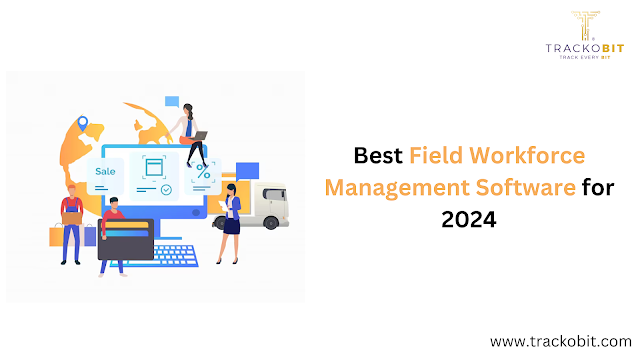7 Expense Management Software Features Your Business Needs
Expense management is an important software that helps streamline off office spending by category, verify expenses with proofs, and process reimbursements. Therefore, it’s important to invest in the best expense management software in 2023 and beyond.
A customised expense management system thoroughly designed to record all field executives' expenses, and put a cap on their spending limits is helpful in speeding up the claim process. More than that, it helps keep track of expenses, prevents organizations from overspending, and reduces the scope of duplicate and fraudulent payments.
What is an Expense Management System?
Expense management software is a modern application that automates and streamlines the process right from claiming for receipts to reimbursement. It helps track, visualise, submit, and manage expenses to streamline the process and enhance the financial control.
With advanced expense management software features, firms can automate expense report submission, track expense claims, and streamline approvals, and reimbursements in a shorter time frame.
7 Key Features of Expense Management Software - You Shouldn’t Overlook!
An expense management system should simplify the time-consuming process of expense settlement with the help of automation, AI-powered algorithms, and specific features as follows:
Easy Upload of Expense Proofs
Expense management software should streamline expense proof submission by allowing users to effortlessly upload receipts, bills, and documents of expenditure to support their claims. The proof should be visible to every manager in the approval hierarchy and should have the flexibility to support documents in jpeg, png, or pdf format.
This feature will help bypass manual errors, enhance accuracy, simplify the reimbursement process, and ensure compliance while validating expenses.
Easy Segregation of Expenses
Oragnizations have tons of expenses in the form of travel, food, stationery, and whatnot. Managing every category of expense manually can be a hassle. Thus, the best expense management software must provide room to segregate expenses based on categories. This will help structure the process and provide better clarity on expenses incurred in each category.
Hierarchy Approval
An expense management system should offer an option to set a multi-level approval hierarchy based on organizational structure. There should be a feature to manually set up or restrict the number of admins who can make edits or approve the claims. Having this feature will help organizations streamline the process, eliminate chaos, and prevent unnecessary stakeholders from participating without permission.
Real-time Status Check
Expense management software should provide a user-friendly interface for executives to effortlessly monitor real-time updates on expense submissions, approvals, and reimbursements. The system should shoot instant notifications and alerts on any update to the claimant.
This feature helps ensure transparency between stakeholders, minimize ambiguity, and promote prompt decision-making and actions within management.
Cap on Expenditure
An expense management system should allow managers or management easy capability to put a cap on expenditure allowance, either team-wise, category-wise, or designation-wise — that’s up to them. The system should be customised in a way that it doesn’t accept the amount once the spending limit is touched. This will help management avoid overspending and support informed budget adjustments.
Predefined Travel Conveyance Expenses
As field employees are often on field visits, either for client appointments, inspections, or any routine field work, there they are bound to make travel expenses. The software should have a dedicated module that helps all stakeholders look into the travel expenses or any other expenses made en route to any field visit.
More than that, there should be a feature for management where they can put a cap on such expenses. When businesses are able to set the expense limit on any car and bike travel, they can save their company’s overall costs.
Transparent Reimbursements Claim
Generally, the expense reimbursement process involves a multi-level hierarchy. Meaning, there could be multiple managers in the process who would look into the claims. Thus, an ideal expense management software should provide a transparent trail of managers hierarchy who would look into the expenses, make edits, and approvals, to the claimants. This way claimants would stay assured of the process and know the status of his/her claims.
Related Blog:- 10 Best Truck Routing Software of 2023
What is Strategic Workforce Planning and What Are its Benefits
Final Thoughts!
Expense management software is necessary for businesses that have a regular footfall of travel expenses or any custom expenses from field executives. But with endless choices available in the market, it’s important to choose a software that offers easy upload of expense receipts, sheer transparency of the claim process, and shoots real-time notifications of the reimbursement process.
Choose the best expense management software in 2023 that is customised with features and capabilities according to your business requirements.
.png)

.png)
Comments
Post a Comment